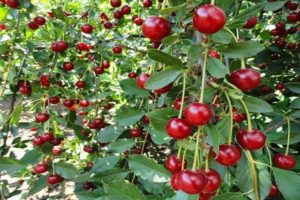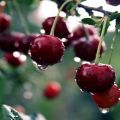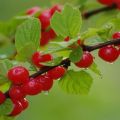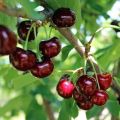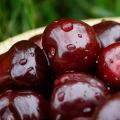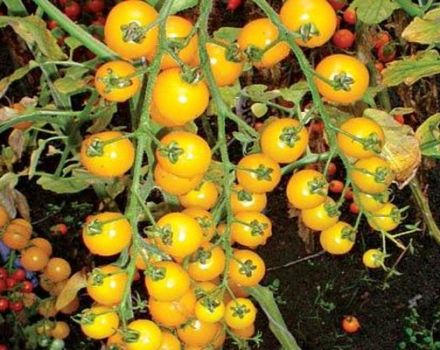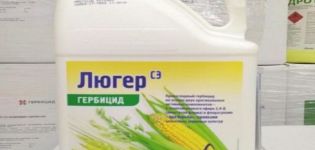Description and characteristics of the Muza cherry variety, planting and care features
Cherry trees are a decoration for any garden, and sweet berries are a reward for labor. The cherry of the Musa variety has recently become known to Russian summer residents. The representative of the Pink family appeared thanks to the work of the Oryol training and experimental station in the near 1982. The breeders bred the plant by open free pollination of cherry seedlings of the Lyubitelskaya variety. The high taste of the fruit quickly made the novelty in demand.
Description of the varietal species
Cherry Musa is suitable for cultivation in various climatic conditions. The plant is recommended for permanent cultivation in temperate continental climates.
Description of the Musa variety, general information:
- tree varietal variety;
- self-infertile variety;
- the average yield is 15 kilograms per tree per season;
- medium early maturity - the first crop appears only 4 years after planting;
- average ripening period - from flowering to picking berries, on average, 2 months pass;
- crown with medium foliage, slightly spreading;
- intensive growth;
- mixed type of fruiting;
- resistance to most diseases of the family;
- resistance to stress, tolerates drought and cold up to -35 degrees.
One of the few negative qualities was the obligatory neighborhood with pollinators. The best option was to plant next to Vladimirskaya or Turgenevka cherries.
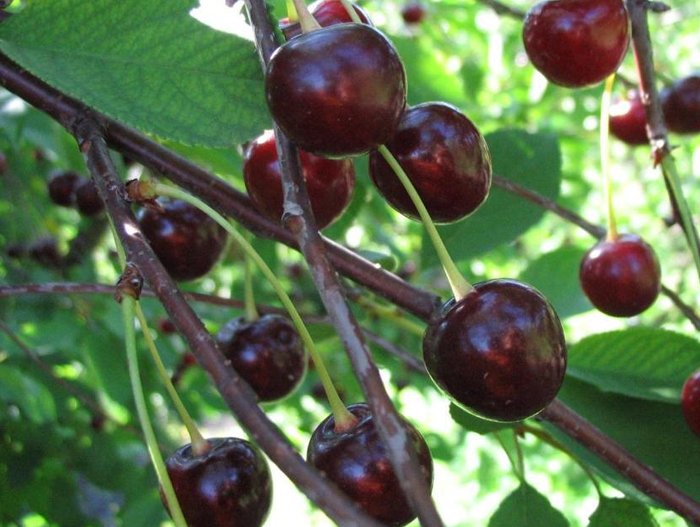
Characteristics of the tree and fruit
A medium-sized tree has an attractive appearance and will become a worthy decoration of any summer cottage, especially during the flowering period. Characteristics of the tree and fruit:
- the height does not exceed 4 meters;
- raised crown with powerful branches;
- slightly spreading tree;
- shoots are durable;
- stalk of medium length, easily detaches from the fruit;
- large berries - up to 4 grams by weight;
- fruit color - deep red;
- the shape of the berries is onion;
- poorly expressed slight ribbing of berries;
- dense skin with a beautiful glossy shine;
- good, balanced taste;
- smooth bone, easily falls behind the pulp;
- good transportability of fruits;
- berries retain their marketable appearance for a long time.
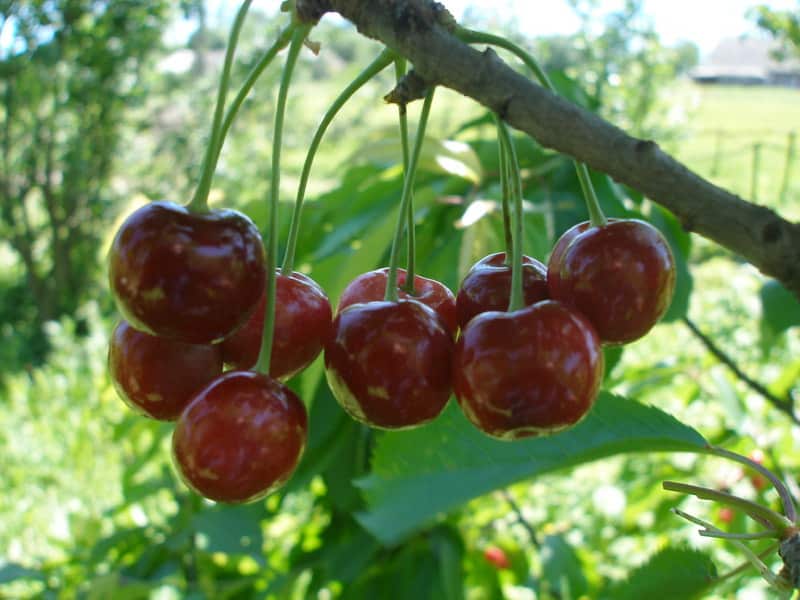
Cherries have a sweet and sour taste and are suitable for preparing compote, rolling jam, jam or processing into juice. The fruits of the Muse are often chosen for making pies and fresh consumption.
Disease resistance of the variety
The plant has good immunity to most diseases of the Rose family. Gardeners rarely face the most common problem among cherry trees - coccomycosis.
Perforated spotting and moniliosis pose a great danger to the Musa variety.
For the purpose of prophylaxis, experts recommend timely carrying out cleaning and sanitary measures and processing with Bordeaux mixture.
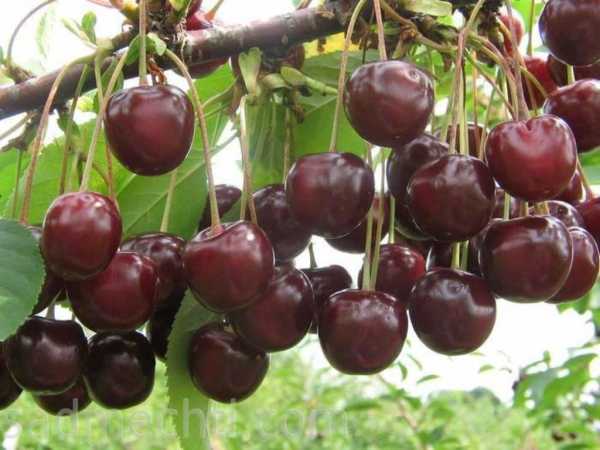
Features of planting and competent care
For the Muse cherry, elevated, well-lit areas are chosen. When landing, it is necessary to take into account the depth of the passage of groundwater, it must be at least 2 meters. If there is a threat of flooding, drainage must be done, otherwise there is a high risk of plant death.
The time for planting seedlings is spring. A young shoot should not be deeply buried in the ground. Previously, fertilizer is introduced into the planting pit - organic fertilizer. Several fruit crops - pollinating trees - are planted at a distance of 3 meters from the plant. When a tree grows 3-4 meters, its growth is limited.
Further care of the fruit crop consists of simple agrotechnical measures:
- timely watering of the plant;
- top dressing;
- trimming;
- preventive treatment against pests and diseases.
With proper and competent care, cherries can show equally decent yields for 25 years.
